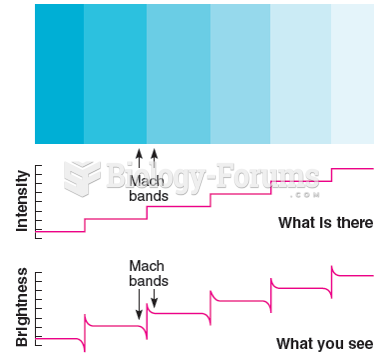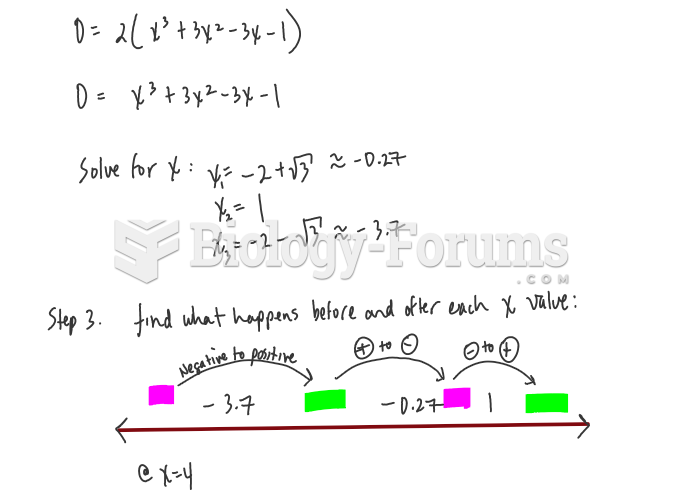|
|
|
The familiar sounds of your heart are made by the heart's valves as they open and close.
Though Candida and Aspergillus species are the most common fungal pathogens causing invasive fungal disease in the immunocompromised, infections due to previously uncommon hyaline and dematiaceous filamentous fungi are occurring more often today. Rare fungal infections, once accurately diagnosed, may require surgical debridement, immunotherapy, and newer antifungals used singly or in combination with older antifungals, on a case-by-case basis.
Bacteria have flourished on the earth for over three billion years. They were the first life forms on the planet.
Increased intake of vitamin D has been shown to reduce fractures up to 25% in older people.
By definition, when a medication is administered intravenously, its bioavailability is 100%.







